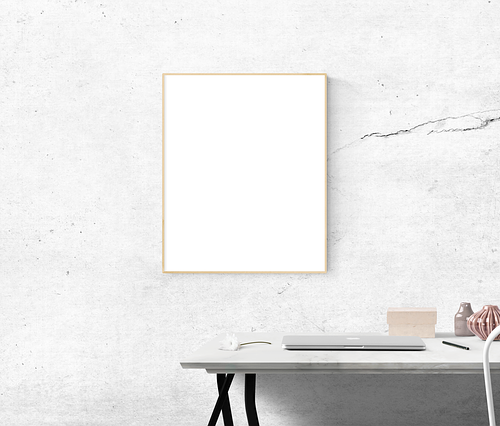
Cast Iron Radiators, those sturdy and timeless space heaters, have been a feature in homes, offices and schools across the UK for many years bringing a level of old school class along with outstanding quality and efficiency. Cast Iron Radiators have long been the radiator of choice especially for heating period properties and large open areas. Below we list some common FAQ’s regarding these nostalgic, heating units which will help you be more informed when buying your Cast Iron Radiators.
What Makes A Cast Iron Radiator So Good?
The biggest advantage of heating a room with a Cast Iron Radiator is that they cool down slowly meaning they retain their heat for longer and therefore do not demand any more heat from your boiler, which helps fuel bills and improves overall efficiency. They are aesthetically pleasing adding a touch of period quality to traditional properties, which tend to need slow and steady heat throughout most of the day and night.
Can I Replace My Current Radiator with A Cast Iron?
Whether you have a cheap standard pressed steel radiator or another more modern type, the same pipework can be used to fit a Cast Iron Radiator.
Will I Need to Replace My Boiler?
If you are replacing your existing radiators and your boiler is working properly, then you will not need to replace your boiler when installing Cast Iron Radiators.
How Do I Ensure That The Heat Output From My Radiator Is Correct?
Companies such as AEL Heating have an easy to use heat-loss calculator on their website. This can quickly work out the output required for each room in your household.
Can You Install Thermostatic Valves To Cast Iron Radiators?
Even though cast iron radiators might be viewed as ‘old fashioned’, they can be installed with the same thermostatic valve control that you would find on any other radiator, so the answer is “yes” – plus there is a large selection of both traditional and contemporary valve styles available that are designed to specifically enhance the look of your Cast Iron Radiator.
Cast Iron Radiators Look Big and Heavy – will I Need to Reinforce the Floor?
Cast Iron Radiators are safe to stand on standard floorboards without any issues at all.
Do Cast Iron Radiators Need to Be Secured to The Wall?
It is good practice to install at least one retaining stay to the wall to prevent any potential accidents in the unlikely event of them being pulled over. Any reputable supplier of Cast Iron radiators will supply two wall stays as standard with every radiator.
What Is The Difference between Cast Iron Radiator Sections and Columns?
When it comes to choosing and specifying your Cast Iron Radiator, knowing the difference between sections and columns is very important.
A cast iron radiator section is the full casted piece of Cast Iron that, when joined up to another section, makes up the radiator. A column is the number of vertical columns (water ways) within the cast of each section. So, for example, a large radiator might typically be 21 sections in length with each section being 4 columns in depth.
Before you can decide how many sections of your preferred Cast Iron radiator is required to heat your room it is best to use the aforementioned easy to use heat calculator from AEL Heating. This will show you the output required for your room so you can easily work out the amount of sections you require of your own feature Cast Iron Radiator.
Guest post
© Copyright 2016 Antonia, All rights Reserved. Written For: Tidylife



My gf and I simply love cast iron radiators , there’s just something so reliable looking about them with their chunky solid design. I remember growing up as a kid, we’d visit my nans cottage in the lakes and i’d always sit next to the radiator near the window looking out across the water. A great view but i was always thankfull of the radiator being there as it was bloody cold out there in the winter!